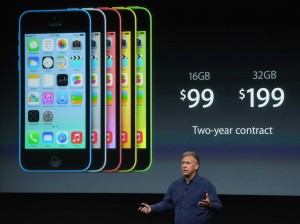International events can make countries rich. In fact, not being chosen to compete in the World Cup can be the biggest financial opportunity loss a country can face. For example, Portugal would have lost almost $269 million for national industries like airlines, retail, marketing, public relations, and restaurants and bars, if it’s national soccer team lost it’s World Cup qualification.
 Such events allow countries to attract people from all over the world, which mainly helps the countries’ economies. It is interesting to see how companies like Coca-Cola, Adidas, and Nike are all very interdependent on the success of international events like the World Cup. I feel that the dependence on the well-being of such event is justifiable, regardless of how sport-lovers criticize this idea by pointing out that the event should be hosted for the pure love of global interaction and the art of sports.
Such events allow countries to attract people from all over the world, which mainly helps the countries’ economies. It is interesting to see how companies like Coca-Cola, Adidas, and Nike are all very interdependent on the success of international events like the World Cup. I feel that the dependence on the well-being of such event is justifiable, regardless of how sport-lovers criticize this idea by pointing out that the event should be hosted for the pure love of global interaction and the art of sports.
In a response to the critics, it is important to point out that in order to make such event happen, many large companies have to be sponsors of the event. This allows the event to happen at all, which then allows the global interaction to happen and the art of sports to be demonstrated. Although it might be extreme to say that such event should be hosted for the sole reason of making money, I feel that it is a justifiable reason.
Picture Source: http://3.bp.blogspot.com/_VKnlNvwbGMM/TBSj0keSE0I/AAAAAAAABio/WspSWC2ebTk/s400/WC2.jpg
Article Source: http://qz.com/147523/missing-the-world-cup-can-cost-a-country-hundreds-of-millions-of-dollars/


